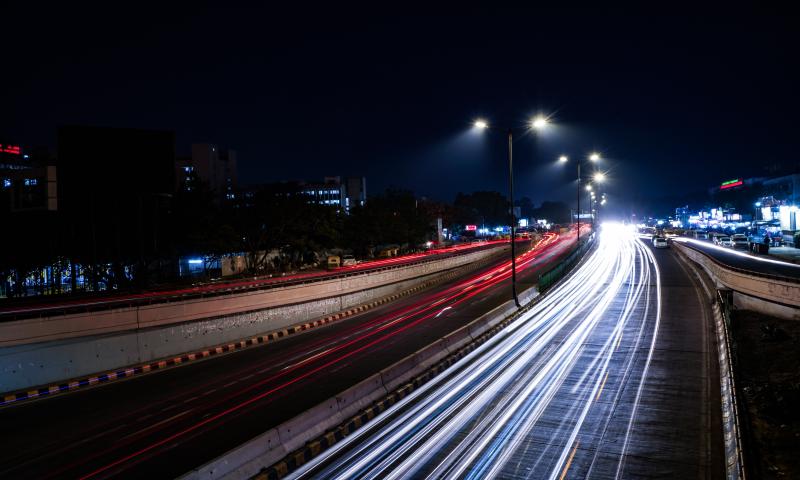Transportation in the Digital Era: Is our regulatory system keeping up?
Should surge pricing by Uber and Ola be controlled? What about the reports of lack of passenger safety? Sumana explores the controversies swirling around cab aggregators and the attempts, in India and elsewhere, to regulate them.

